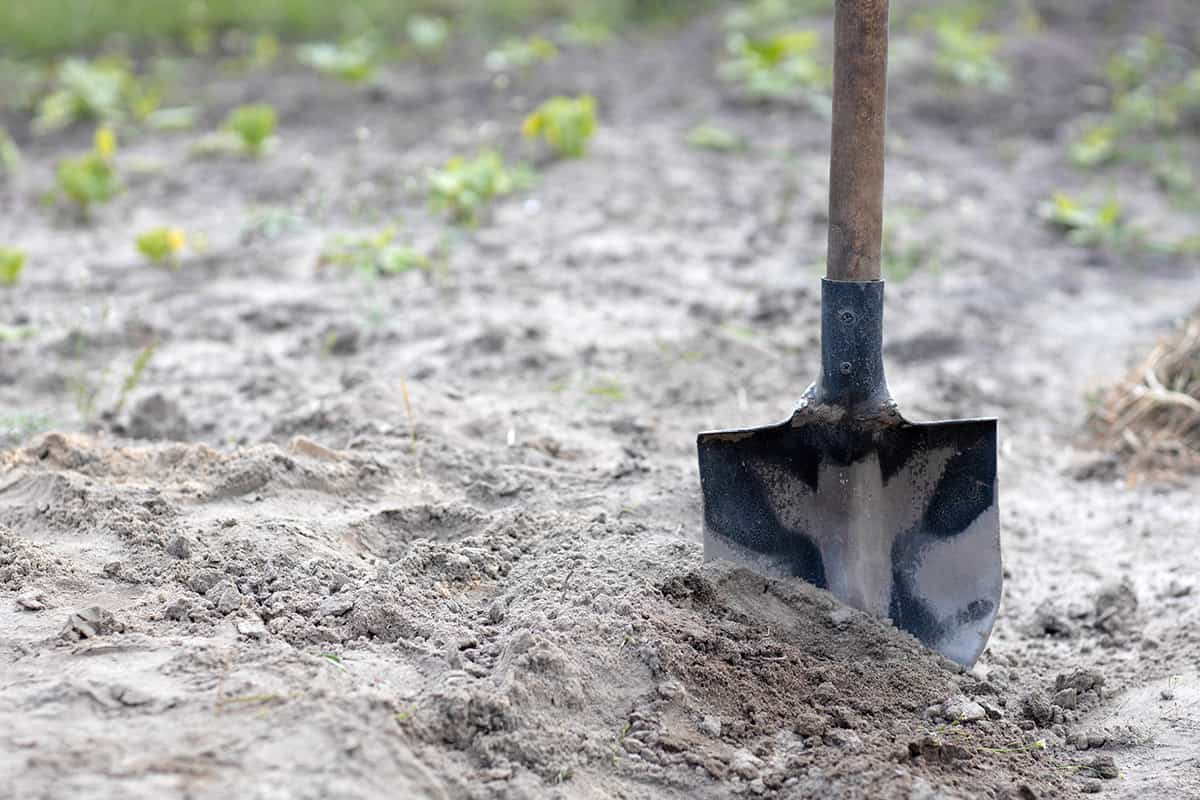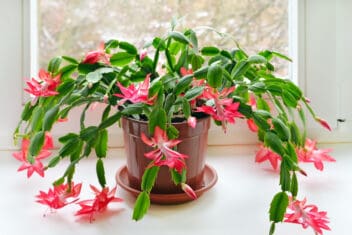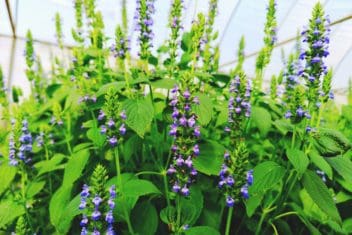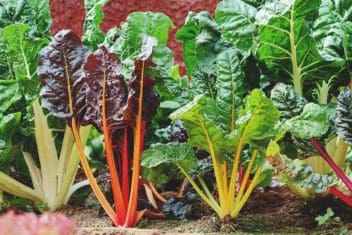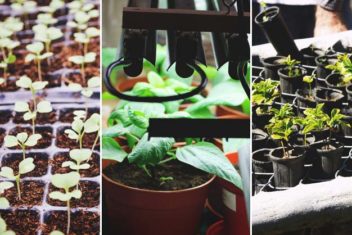Not everyone is blessed with the perfect soil for gardening; most have to create it. If the earth in your garden is too sandy, don’t stress. You can learn how to improve sandy soil and grow all of the plants you want.
Improving poor soil isn’t difficult. First, you have to make sure you identify the type of soil you have. Then, take time to understand what healthy soil is and apply the appropriate amendments.
That’s not too hard! Let’s learn how to amend sandy soil.
What is Sandy Soil?
Sandy soil is exactly what it sounds like – soil that has a high amount of sand mixed with the dirt. It has a crumbly texture that doesn’t hold its form as well as loamy or clay soil does.
Sand has larger particles that are solid. It offers no pockets to hold in the water and nutrients that your plants desperately need. Many plants have a hard time surviving in this type of dirt.
There are three major issues with sandy soil that makes it less than ideal for gardening.
- Sandy soils are less fertile than other types.
- This soil dries out faster because it’s comprised of larger particles. Water drains out and filters throughout the soil, out of the reach of the roots.
- Sandy soil tends to be more acidic, which isn’t always preferable for vegetable plants.
How to Tell If You Have Sandy Soil
Even if you strongly suspect that you have sandy soil, never start improving and amending your dirt until you perform a soil test. The last thing you want to do is accidentally amend perfectly good soil.
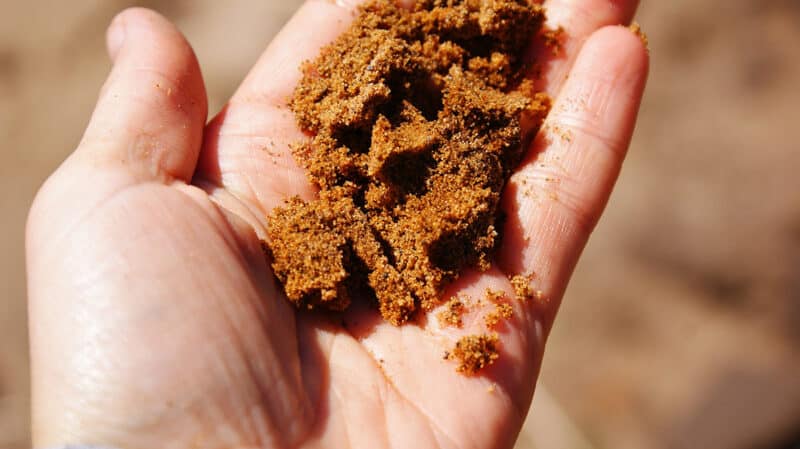
Here’s what you have to do.
- Grab a handful of soil and dampen it.
- Attempt to roll your dampened soil into a sausage shape.
Sandy soil crumbles, and you’ll see the individual grains. Clay soil sticks together and has a dull sheen. Silty soil, which isn’t common, has a sort of soapy texture.
The ideal soil is loam. It’s a mixture of almost all three; that’s what you want to see. It will hold its shape for a second but will partially crumble apart.
If your soil sausage crumbles and falls apart right away, you have sandy soil.
How to Improve Sandy Soil
Luckily, improving sandy soil is relatively simple, and the biggest trick is to add organic matter that will provide nutrients with also helping the dirt retain moisture.
Here are some simple tips for improving sandy soil the right way.
1. Add Organic Matter
Organic matter truly is the cure and solution for sandy soil; it improves any soil. It builds soil structure while increasing moisture retention. Compost and manure add nutrients to the soil while also increasing the pH range, common in sandy soils.
Start by applying two buckets of organic matter per square yard. It breaks down easily, so be sure to add more throughout the year. In general, you want to add three to four inches of organic matter.
There are different types of organic matter that can amend your sandy soil. Here are a few suggestions.
Compost
The most common choice is compost because it contains a range of bacteria and beneficial fungi that bind sandy soil together while improving its moisture retention. It’s safe to plant crops in a garden that contains up to 40% of compost.
Coconut Coir
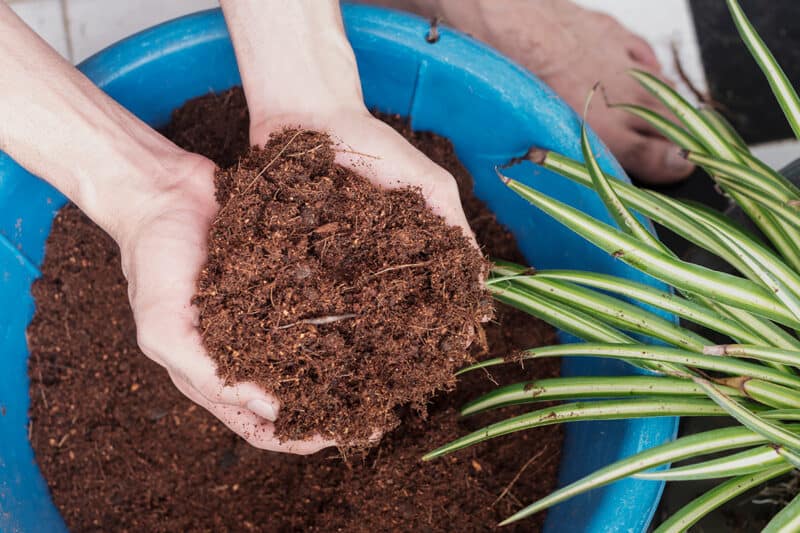
If you’ve spent any time learning about growing microgreens, you’ve heard of coconut coir. It’s comprised of dried, compressed, coconut hulls, capable of retaining moisture up to five times its weight.
That makes it an awesome choice for sandy soil that needs to hold onto more water.
It’s safe to amend the soil with 20% coconut coir if you’re growing shrubs, trees, and perennial herbs. For fruit and vegetable beds, apply one to two inches to the ground surface and mix before planting your crops.
Biochar
Never heard of biochar? Well, it’s a fantastic resource for gardeners. It’s made of organic matter, typically coconut husks or wood, burned at a low temperature in a low-oxygen environment, resulting in char.
Then, it’s ground down into savings or small pieces that are safe to add into garden soil.
Adding biochar to your garden has a few advantages.
- It improves water retention.
- You only have to apply it once, and it lasts for decades.
- It isolates carbon in your soil, resulting in a pH range more in the neutral range which is preferred for many vegetable plants.
2. Apply Layers of Mulch
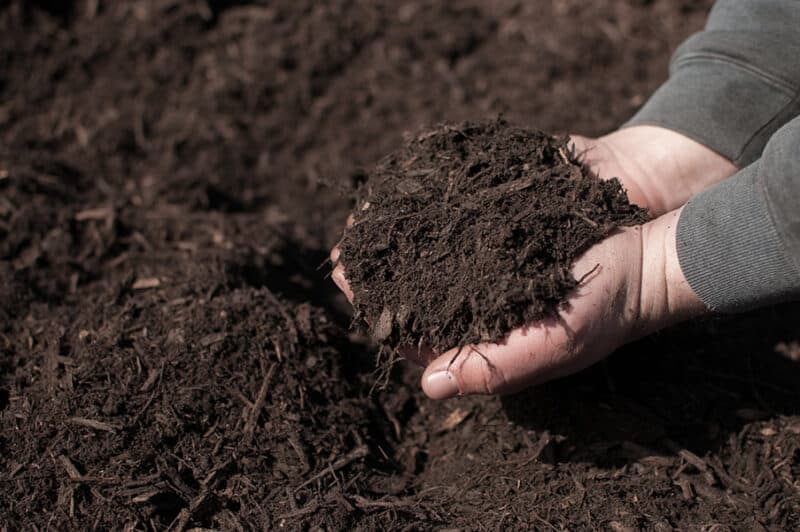
Another trick that you can use to improve sandy soil is to apply layers of mulch over the soil. Much helps the soil retain moisture while also keeping it cool in the summertime.
After you plant the crops in your garden beds that should be amended with organic matter, apply a two to three-inch layer of organic mulch around the base of your plants. Organic mulch decomposes into the soil, adding more nutrients over time, which sandy soil desperately needs.
A few options of organic mulch include:
- Grass Clippings
- Compost
- Shredded Leaves
- Wood Chips
- Shredded Bark
- Hay
- Straw
3. Grow Cover Crops or Green Manures
When dealing with sandy soil, when things are not growing, the soil reverts to sand. Roots help to slow down the flow of water, removing it, and breaking down organic matter.
One of the best tricks to improve sandy soil over a long time frame is to always be growing something, such as cover crops or green manure.
Cover crops, such as clover, have a substantial root system while improving the nitrogen in the dirt. They also help to stop erosion, protecting your garden beds.
4. Apply Peat Moss or Vermiculite
Since sandy soil has trouble retaining and holding on moisture long enough for the roots to absorb it, another solution that works best on a small scale is to add peat moss or vermiculite.
These are soil amendments that increase the soil’s ability to hold onto water. However, they will not add any nutrients to the sandy soil, so you have to make sure to add some.
Take into Account the Salt Level
When dealing with sandy soil and learning how to improve it, always consider the salt level. If you live in places near the ocean, the soil tends to have high levels of salt. Compost and manure amend sandy soil, but both contain high levels of salt.
Careful monitoring is vital because your plants won’t grow well with high levels of salt. In these situations, use sphagnum peat or plant-only compost.
Those two options contain lower salt levels, and you also can use vermiculite to amend sandy soil, but it doesn’t contain nutrients.
Grow Veggies That Do Well in Sandy Soil
Amending soil takes time; it’s a yearly process that never ends. Even with all of the amendments in the world, you’ll still have sandy soil at its core. Take advantage of it by growing more vegetables that naturally grow well in sandy soil.
1. Root Vegetables
Root vegetables shine when it comes to growing in sandy soil. Plants with long taproots reach down into the soil to find the moisture, which might be several inches into the ground.
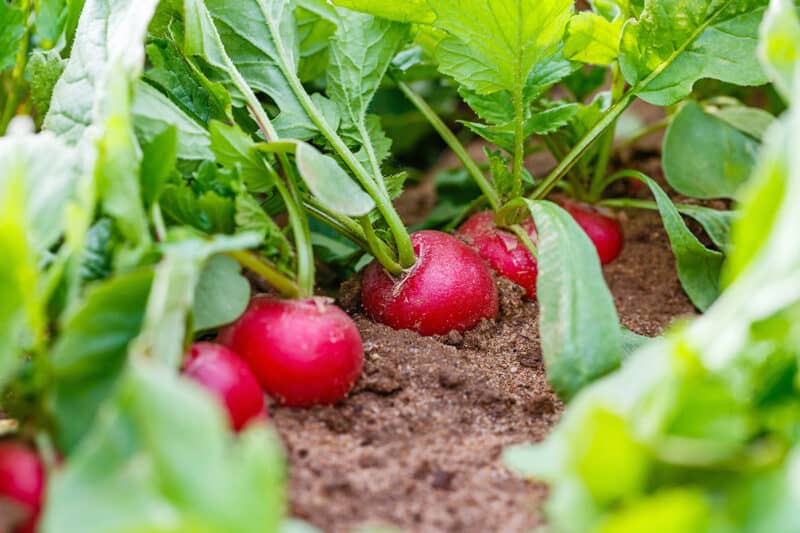
Some root vegetables that grow well in sandy soil include:
2. Potatoes
Potatoes are technically a root vegetable, but they don’t have a taproot. The benefit of growing potatoes in sandy soil is that it decreases the risk of developing scab due to the higher acidic level.
In general, when growing potatoes, they want less water, more often. Since the water drains out of sandy soil quickly, it creates the ideal environment. Make sure to water often, and they should grow well.
3. Mediterranean Herbs
Herbs that originate in the Mediterranean regions thrive in thin, dry, sandy soil. Consider where you want to plant these herbs, and don’t attempt to amend the soil with any organic matter.
Examples of herbs that grow well in sandy soil include:
Having sandy soil is far from ideal, but figuring out how to improve sandy soil isn’t hard. With a few steps, your less than ideal soil will be on its way growing massive vegetable plants and beautiful flowers.
